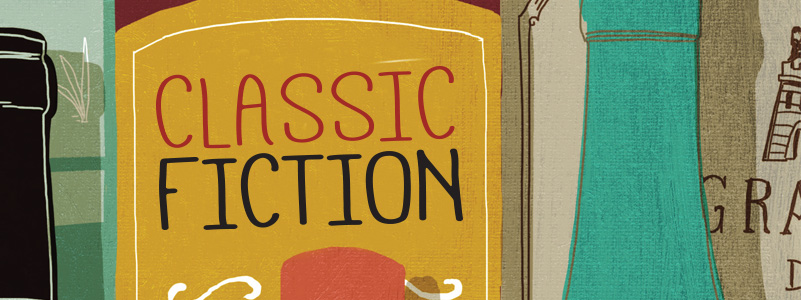

An issue devoted to the classics. What a great idea!
Little did we know…
Last year, our Fall issue focused on tasting. We explored different perspectives on wine by asking how various communities in this small world talk about how they taste. While we were working on the issue, we discovered a conundrum, a challenge to anyone who is learning to taste wine, that set us thinking.
Jordan Mackay had interviewed two sommeliers in Las Vegas who were running a study group for candidates for the Master Sommelier exam—Will Costello at the Mandarin Oriental and Jeffrey Bencus of Julian Serrano. He caught them in the midst of a debate about Jordan Chardonnay, once used as an example of a classic California chardonnay for their study group. The winery had moved toward a leaner, less overtly oaked style, and that shifted in a racier, crisper direction in the cool 2011 vintage. Even if it might be a style the sommeliers personally preferred, they decided it was no longer an example of classic California chardonnay, and no longer a useful assay of a sommelier’s skill in a blind tasting.
This raised the question of what is, in fact, classic? As Mackay put it: “If California chardonnay is no longer ripe and buttery, if Sancerre is no longer lean and mineral, if Rioja gives up its signifying American oak veneer for French, the idea of ‘classic’ is thrown on its head.”
And yet, when we learn about wine, we’re often advised to seek out the classics. For Master Sommelier candidates, the stakes are even higher: Their ability to nail a classic is a significant part of their effort to earn their letters.
As constant blind tasters, this conundrum struck a chord with our editorial team—but not for the reasons you might immediately think. We use blind tastings to rate wines, considering the wines based only on vintage and appellation. This prevents us from being swayed by labels, and it also helps us to gauge the state of a vintage and region. In the process, we often discover new wines that provide new perspectives on a region’s terroir. It is increasingly rare for someone at our tasting table to say, “That’s classic.” Tasting cabernet, for instance, we might say, “It tastes so much like Napa,” but our expectations of what is classic from that place have been ripped apart by the sweep of technology and know-how, both in the growing and making of wine, and in the erratic shifts in climate over the past decades.
That’s not to say we don’t find classics. But we’ve come to regard classics as a moving target. When the world was changing at a quieter pace, wine growers approached their work with the same tools each year, and generational change came hard. Sons and daughters would often battle with their parents over how something should be done, then would adopt their
own stubborn attitudes until the next generation came along. That pace has accelerated in the last fifty years. Wine, which can take a decade or longer to mature, allowing us to comprehend it more fully, is now changing year to year, and not only because of the weather.
So we set out to document contemporary classics. And like those fathers, mothers, daughters and sons, we found ourselves at loggerheads over what we meant when we said, “This is a classic wine.”
Simple, you might say. Just tell me what to buy.
Fine, we would respond. Read one of our regular issues.
But if you want to understand more deeply how we come to our recommendations in those issues, and how some of the great contemporary thinkers in the wine community at large consider what’s classic in the 21st century, read on.


Illustration by Michael Hirschon
This story appears in the print issue of Fall 2015.
Like what you read? Subscribe today.















